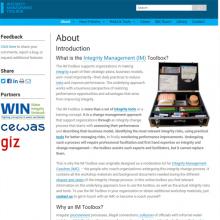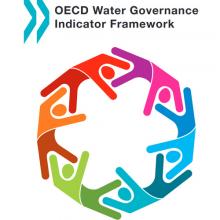Water Evaluation and Planning - WEAP
WEAP provides a comprehensive, flexible and user-friendly framework for policy analysis. It is specifically useful in countries and regions facing freshwater management challenges, where allocation of limited water resources is being made, and where environmental quality and policies for sustainable water use are issues of increasing concern.
WEAP is distinguished by its integrated approach to simulating water systems and by its policy orientation.
WEAP places demand-side issues such as water use patterns, equipment efficiencies, re-use strategies, costs, and water allocation schemes on an equal footing with supply-side topics such as stream flow, groundwater resources, reservoirs, and water transfers. WEAP is also distinguished by its integrated approach to simulating both the natural (e.g., evapotranspirative demands, runoff, baseflow) and engineered components (e.g., reservoirs, groundwater pumping) of water systems. This allows the planner access to a more comprehensive view of the broad range of factors that must be considered in managing water resources for present and future use. The result is an effective tool for examining alternative water development and management options.
WEAP operates in many capacities:
- Water balance database: WEAP provides a system for maintaining water demand and supply information.
- Scenario generation tool: WEAP simulates water demand, supply, runoff, streamflows, storage, pollution generation, treatment and discharge and instream water quality.
- Policy analysis tool: WEAP evaluates a full range of water development and management options, and takes account of multiple and competing uses of water systems.
Importantly, WEAP allows to account for a changing climate through an internal rainfall run-off module which simulates hydrologic patterns based on climatic input. This ability to include climate change in the development of future scenarios makes it a powerful tool for informing climate adaptation policy-making. As opposed to historic hydrologic inputs, WEAP uses inputs such as precipitation, temperature, humidity, and wind speed. These inputs can be derived from global climate change scenarios, and are used to calculate how much of the precipitation that falls in a particular area ends up as run-off into streams, recharge to groundwater, or evapotranspiration through vegetation.
WEAP is used around the world for policy-making, with more than 28,000 users in 180 countries and has been translated into several languages.
It was first created in 1988, with successive updates and enhancements - most recently in 2020.
Reviews
There are no reviews yet.
Be the first to review " Water Evaluation and Planning - WEAP "
Add a review
Implementation reports
Add an implementation report
Other tools that could interest you

Water Integrity Management (IM) Toolbox

